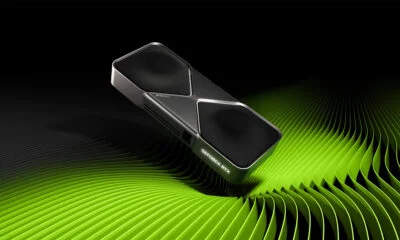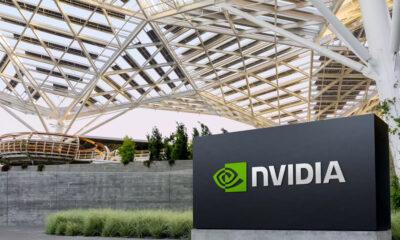News
NVIDIA Announces New Flagship RTX 4090 & RTX 4080 GPUs
The powerful new graphics cards will feature NVIDIA’s new architecture, with the flagship RTX 4090 sporting 24GB of RAM.
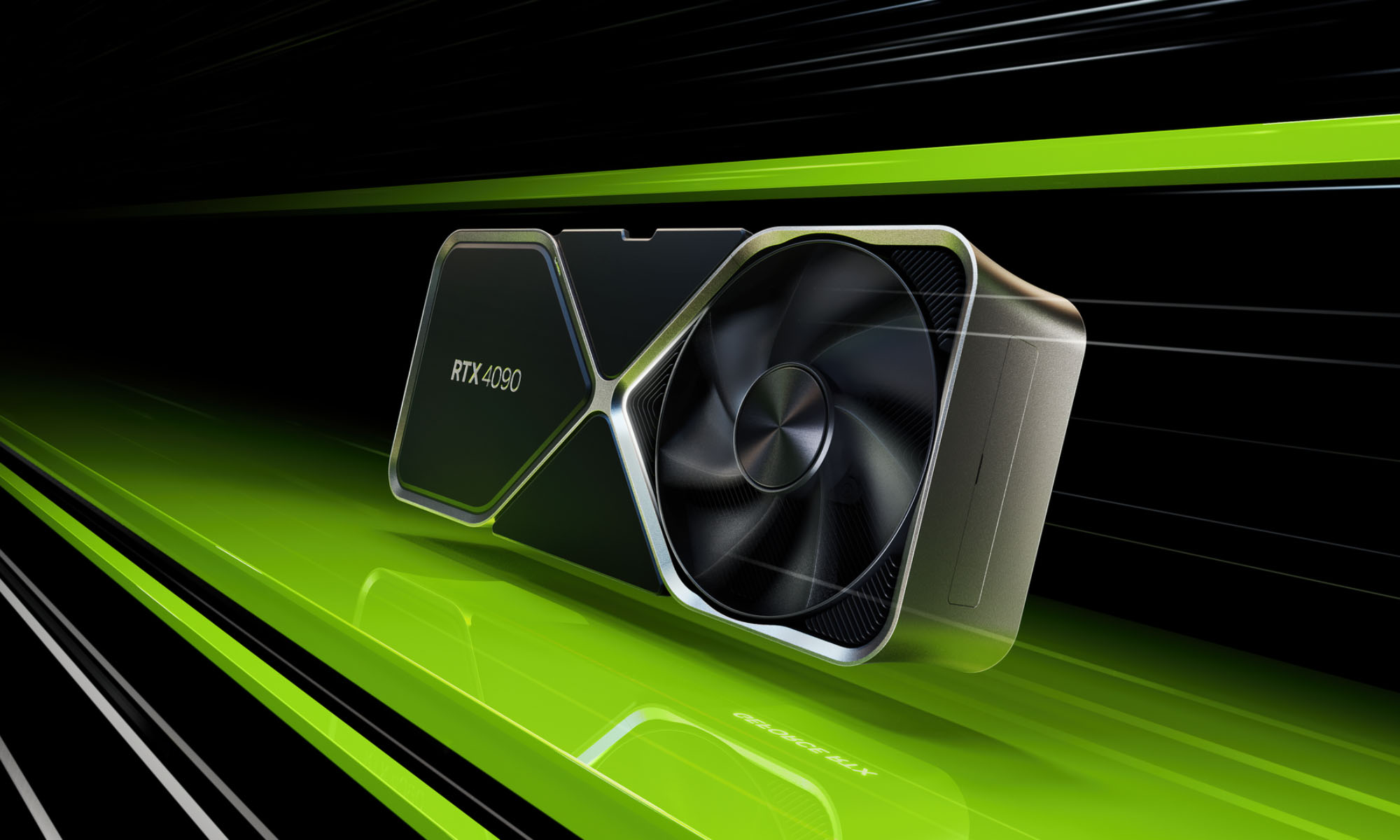
Yesterday, NVIDIA announced its latest RTX 40-series graphics cards, the GeForce RTX 4090 and RTX 4080. Rumors have been circulating for months about the release of the flagship GPUs, which feature NVIDIA’s new “Ada Lovelace” architecture, named after the mathematician who worked on Charles Babbage’s early computer, named the Analytical Engine.
History lessons aside, the new cards use the third-generation DLSS, with the RTX 4090 packed with 24GB of G6X RAM, which NVIDIA claims will make it two to four times faster than the outgoing RTX 3090 Ti — though you’ll have to pay $1,599 to experience the flagship’s raw power when it launches on October 12th.
The RTX 4080 was announced simultaneously, with two separate memory configurations of 12GB and 16GB. The RTX 4080 is also claimed to be two to four times faster than the outgoing RTX 3080 Ti model. No release date has been given for the RTX 4080 GPUs, though NVIDIA says the cards will be released in November, with a retail price of $899 for the 12GB model and $1,199 for the 16GB variant.
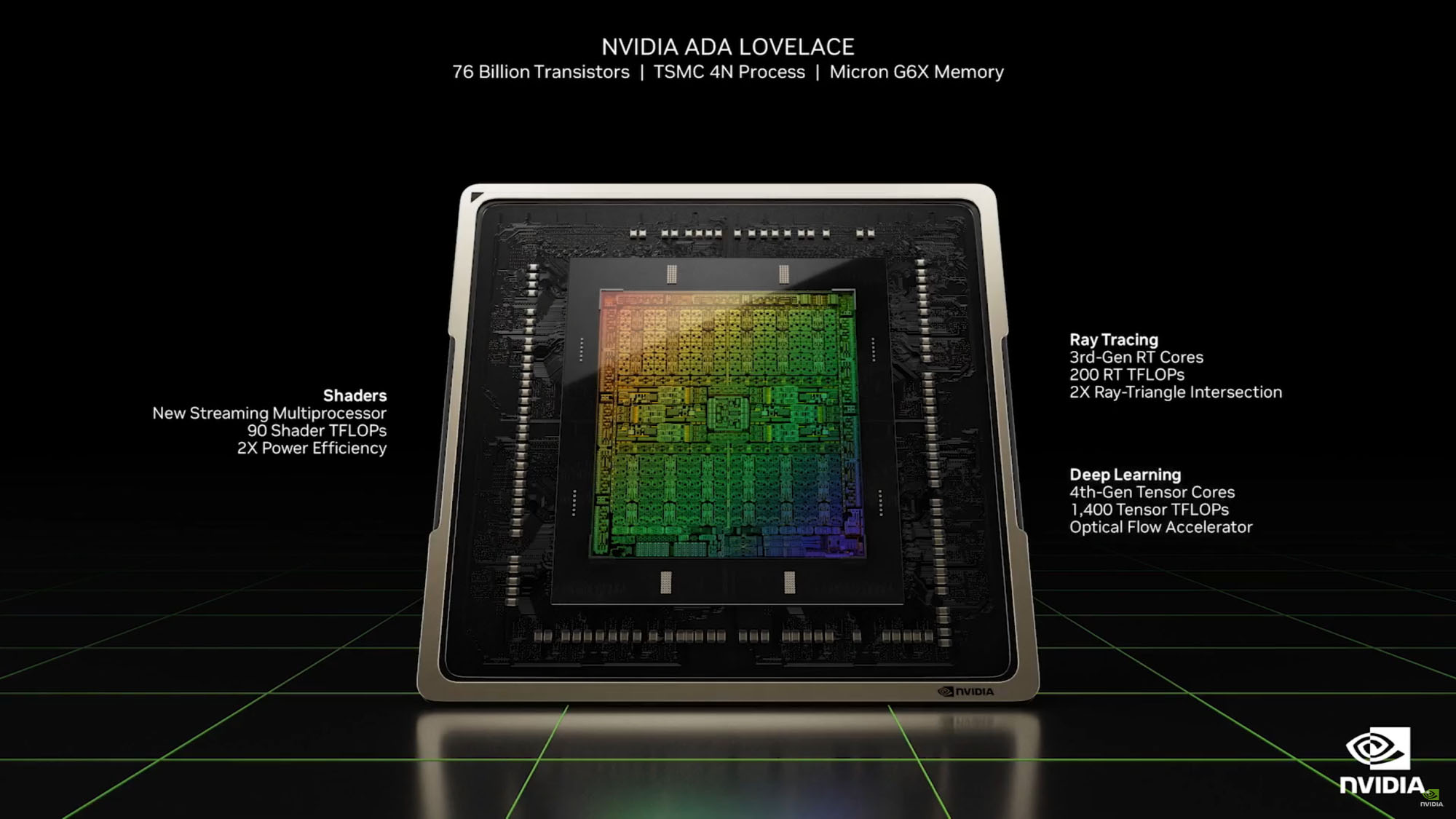
The RTX launch also showed off NVIDIA’s Founders Edition graphics cards, which are limited edition in-house models released before hardware partners such as Asus, Colorful, Gainward, Galaxy, Gigabyte, INNO3D, MSI, Palit, PNY, and Zotac use the technology in their own models.
“For our new GeForce RTX 40 Series Founders Edition graphics cards, we’ve further optimized the Dual Axial Flow Through system, increasing fan sizes and fin volume by 10%, and upgrading to a 23-phase power supply. Memory temperatures are reduced, and the new, substantially more powerful Ada GPUs are kept cool in ventilated cases, giving gamers excellent overclocking headroom,” says Andrew Burnes, technical marketer at NVIDIA.
Also Read: Snapchat Is Now Available For Everyone Via Web Browser
Although the 40-series cards are now official and about to launch, RTX 30-series GPUs are likely to be around for some time. Earlier this year, NVIDIA was forced to adjust pricing on many of its cards due to excess stock, leading to RTX 30-series cards appearing at their correct retail prices, despite several years of price hikes by traders.
The launch of RTX 40-series GPUs comes at a tough time for NVIDIA and the graphics card market in general. Demand has fallen since the recent crypto crash, and the Ethereum merge. Combine this with soaring electricity prices, and the future looks uncertain for the market as a whole, despite the considerable power boost that cards like the RTX 4090 promise.
News
Alienware Just Announced Six New Gaming Monitors
The new models include three QD-OLED and three budget-friendly QHD options, expanding the company’s lineup for all gamers.
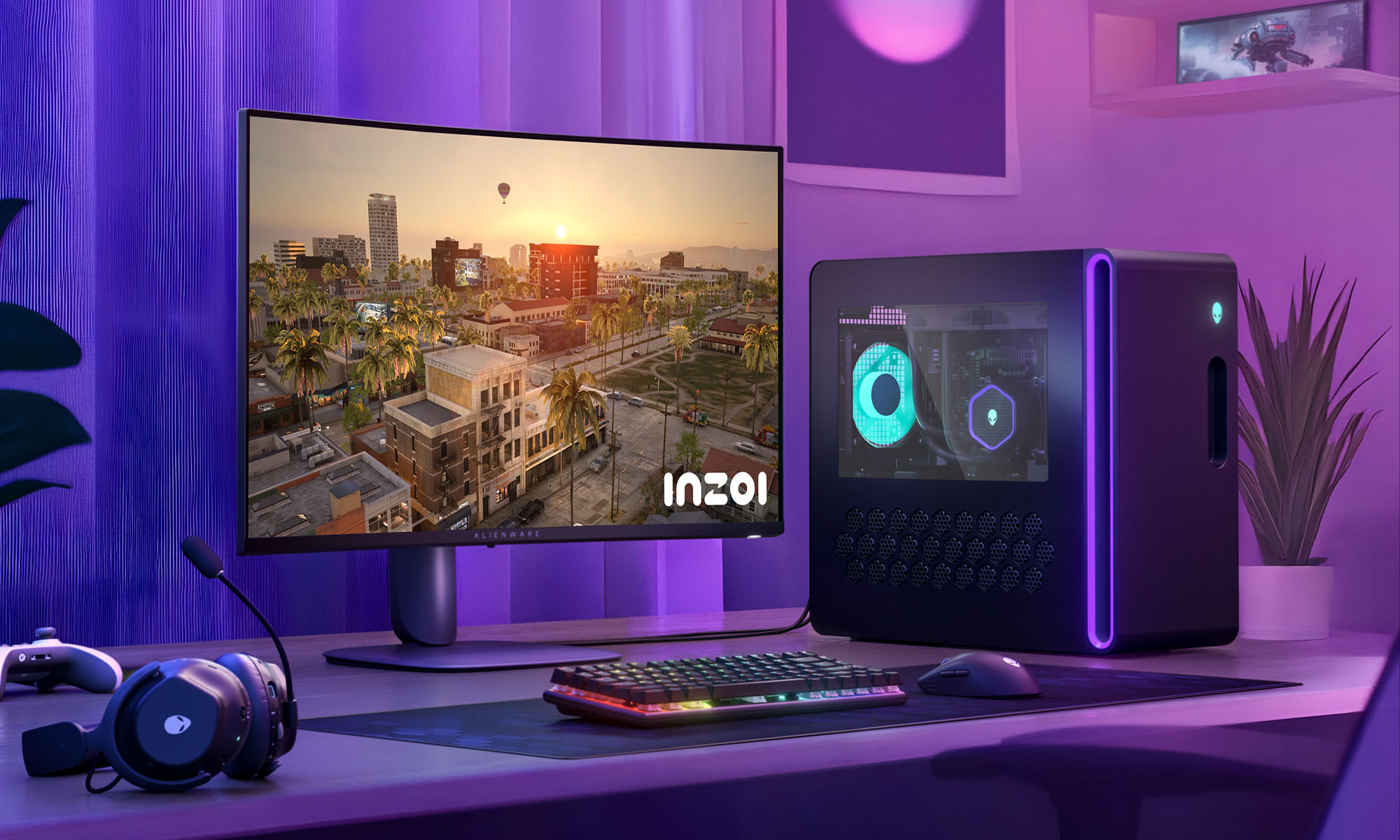
Alienware has just updated its gaming monitor lineup with six new additions, including the highly anticipated Alienware 27 4K QD-OLED Monitor. The latest wave of releases is set to reach more gamers than ever, offering high-end QD-OLED displays alongside more budget-friendly options.
The latest displays clearly show that the company is doubling down on QD-OLED with three new models sporting the technology. A redesigned Alienware 34 Ultra-Wide QD-OLED Monitor is also making a return, further refining what is already a fan-favorite display.
A Unified Design: The AW30 Aesthetic
All six monitors feature Alienware’s new AW30 design language, first introduced at CES. The AW30 aesthetic brings a futuristic, minimalist look that unites the entire lineup under a cohesive visual identity.
Pushing QD-OLED Even Further
The refreshed Alienware 34 Ultra-Wide QD-OLED Monitor (AW3425DW) builds on its predecessor’s success with a 240Hz refresh rate (up from 175Hz) and HDMI 2.1 FRL support. It also gains G-SYNC Compatible certification alongside AMD FreeSync Premium Pro and VESA AdaptiveSync, ensuring ultra-smooth performance. With a WQHD (3440×1440) resolution and an 1800R curve, this display enhances immersion for both gaming and cinematic experiences.
For those who crave speed, the Alienware 27 280Hz QD-OLED Monitor (AW2725D) pairs a high refresh rate with QHD resolution, balancing sharp visuals with ultra-smooth gameplay. Meanwhile, the Alienware 27 4K QD-OLED Monitor (AW2725Q) delivers stunning clarity with an industry-leading pixel density of 166 PPI, making it the sharpest OLED or QD-OLED monitor available.
Also Read: Infinite Reality Acquires Napster In $207 Million Deal
Worried about OLED burn-in? Alienware’s entire QD-OLED lineup comes with a three-year limited warranty covering burn-in concerns, offering peace of mind for gamers investing in these high-end displays.
Bringing QHD To A Wider Audience
Alongside QD-OLED, Alienware is also releasing three new QHD gaming monitors aimed at more price-conscious gamers. The Alienware 34 Gaming Monitor (AW3425DWM), Alienware 32 Gaming Monitor (AW3225DM), and Alienware 27 Gaming Monitor (AW2725DM) provide a range of sizes and formats to suit different preferences:
- The Alienware 34 Gaming Monitor (AW3425DWM): An ultrawide (WQHD) option for a panoramic, immersive experience.
- The Alienware 32 Gaming Monitor (AW3225DM): A standard 16:9 panel for a traditional but expansive desktop setup.
- The Alienware 27 Gaming Monitor (AW2725DM): A 27” display offering the same performance in a more compact form factor.
All three gaming monitors feature a fast 180 Hz refresh rate, a 1ms gray-to-gray response time, and support for NVIDIA G-SYNC, AMD FreeSync, and VESA AdaptiveSync to eliminate screen tearing. Additionally, with 95% DCI-P3 color coverage and VESA DisplayHDR400 certification, these displays deliver vibrant colors and high dynamic range for lifelike visuals.
-

 News2 weeks ago
News2 weeks agoSpace42 & Cobham Satcom Launch New Satellite Broadband Terminal
-

 News3 weeks ago
News3 weeks agoVernewell UK: Forging The Future Of Intelligence, Quantum, And AI
-

 News3 weeks ago
News3 weeks agoYasmina Smart Speakers Now Feature Ramadan-Specific Content
-

 News3 weeks ago
News3 weeks agoPure Electric Expands To UAE, Boosting Micro-Mobility Sector


